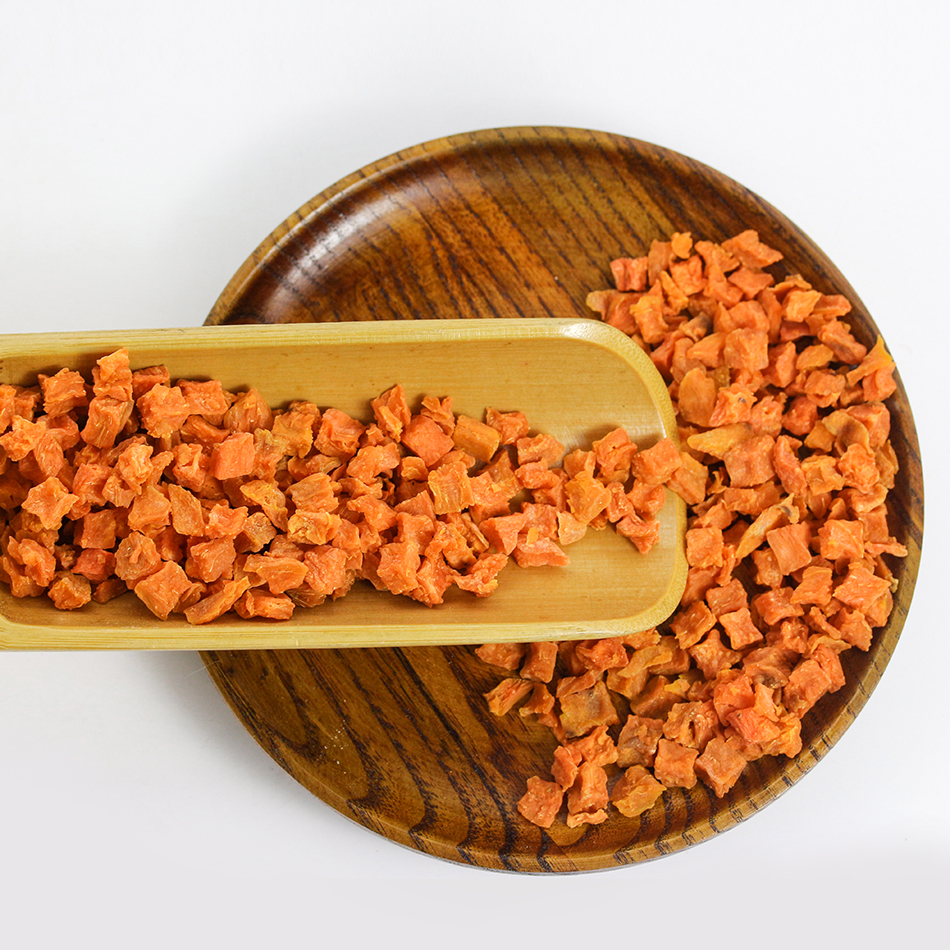Substance name | Co-melting temperature °C |
Pure water 0.85% sodium chloride solution 10% sucrose solution 40% sucrose solution 10% glucose solution 2% gelatin, 10% glucose solution 2% gelatin, 10% sucrose solution 10% sucrose solution, 10% glucose solution, 0.85% sodium chloride solution Skimmed milk Horse serum Ginseng spinach Grade I fenidine phosphate at 30 ° C, solubility 1.95 mol / L Benzylamine phosphate at 30 ° C, solubility 0.12 mol / L Mannitol at 30 ° C, solubility 1 mol / L Lactose at 30 ° C, solubility 0.6 mol / L Potassium chloride at 30 ° C, solubility 4.97mol / L Potassium bromide at 30 ° C, solubility 5.93 mol / L Dimethyl hydrazine Glycerol water (glycerol) Strawberry Cordyceps sinensis Yam | 0 -22 ° C -26°C -33 ° C -27°C -32 ° C -19 ° C -36 ° C -26°C -35 ° C -15 ° C -6 ° C -4.29°C -0.75°C -2.24°C -5.4°C -11.1 °C -12.9 °C -73 ° C -46.5 °C -15 ° C -15 ° C -20 ° C |
Substance name | concentration% | Temperature °C | Substance name | concentration% | Temperature °C |
Dextran (dextran) sucrose Polysucrose fructose Drosophila grape D-glucose gelatin Inositol Sculler glucose lactose Manitou Sorbitol Orange Polyglucose low m.wt. PEG 600 Gu Lixin --aminopropionic acid β-A Arginine EACA AMCHA for transformers | 10 5 to 50 10 10 10 10 10 10 10 10 10 10 10 10 5 | -9 -32 -19.5 -48 -44 -40 -41.5 -8 -27 -25 -40 -19 -4 -42 -44 -3 -10 -3 -3 -13 -35 -15 -4 | lactose maltose Methylcellulose MSG Ovalbumin Polyhexylene glycol Polyvinylpyrrolidone (PVP) Sugar alcohol Persimmon alcohol Sodium chloride GABA NaCl KCl Acetic acid Tannic acid Thiamine nitrate Pyridoxine ascorbic acid ascorbic acid Na Ascott Nicotinamide Calcium Pantop Amine acetate Sodium barbital | 10 10 10 10 10 10 10 5 10 10 10 10 10 10 | -32 -32 -9 -50 -10 -13 -twenty three -45 -26 -11 -20 -twenty two -11 -27 About <50 -5 -4 -37 -37 -33 -4 -19 -25 -4 |
Composite | 2. Sugar | 3. Salt | 4. Alcohols | 5. Acids | 6 alkalis | 7. Polymer | 8. Other |
Skim milk gelatin Protein and hydrolysate Peptide yeast broth dextrin Methylcellulose serum Peptone | sucrose lactose maltose glucose Raffinose fructose Ethyl sugar | Sodium sulfate Calcium lactate Sodium glutamate Sodium chloride Potassium chloride Sodium thiosulfate Ammonia acetate Ammonium chloride | Sorbitol Ethanol glycerin Mannitol Inositol Xylitol | Citric acid Phosphate tartaric acid Amino acid Ethylenediaminetetraacetic acid (EDTA) | Sodium hydroxide Sodium bicarbonate | Glucan Polyethylene glycol Polyethylene Pyrrolidone (PVP) | Vitamins. Sulfur. |
Dehydrated Pumpkin Slices
The main processing process of dehydrated pumpkin slices includes raw material cleaning, finishing and cutting, blanching, dehydration and packaging.
Pumpkins for dehydration should be selected from ripe pumpkins with good flavor, smooth skin and orange-red flesh.
Washing Dry the pumpkin in clean water to remove dirt such as mud.
Sorting and cutting Remove the stem of the washed pumpkin, then cut it into two halves with a knife, and peel off the outer skin and the inner pulp and seeds. Cut it into 3-4mm or 6-7mm thin slices (you can also use a grater to smash into filaments).
The blanched and cut melon slices are treated with steam or boiling water for 1-3 minutes, then quickly cooled with cold water, and the water droplets are drained.
Dehydration Put the blanched pumpkin slices into a baking sieve for dehydration. The drying temperature is first controlled at 45-60 °C, and then gradually increased, but cannot exceed 70 °C. Dry until the moisture content of the dry product is below 6%.
The product requires that the dehydrated pumpkin slices should be light yellow or orange, flaky or filamentous..

Dehydrated Pumpkin Cubes,Dehydrated Pumpkin Granules,Homemade Dehydrated Pumpkin Chunks,Delicious Dehydrated Pumpkin Cubes
Laian Xinshuyu Food Co., Ltd , https://www.xinshuyufood.com